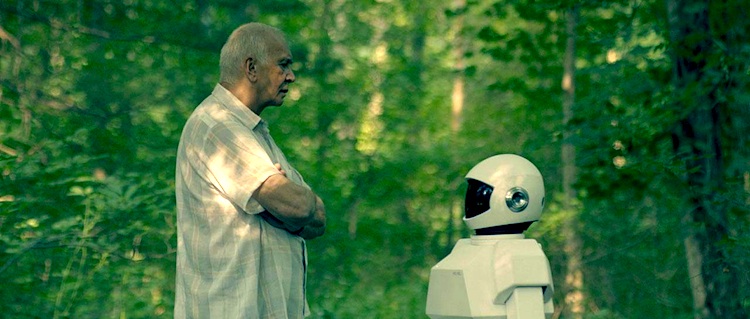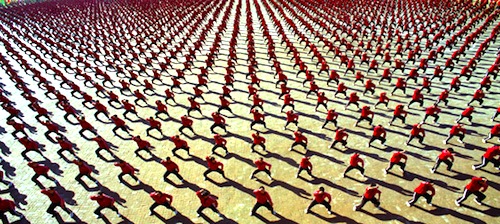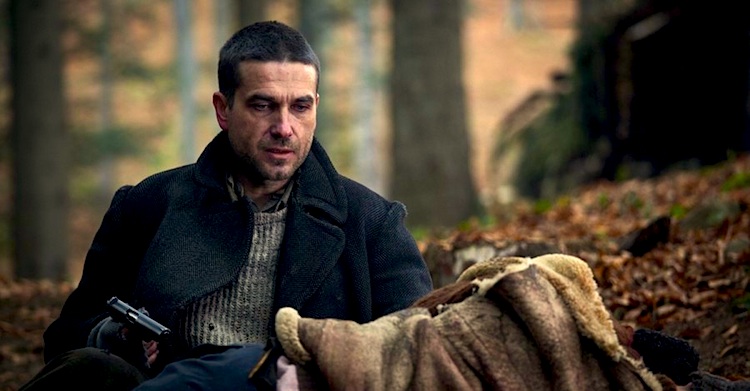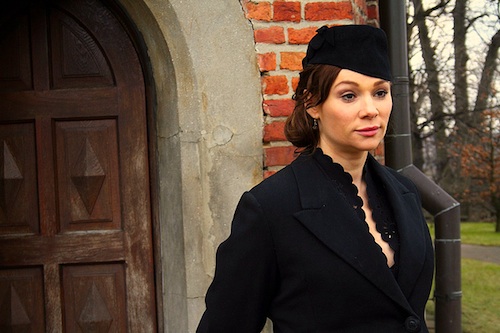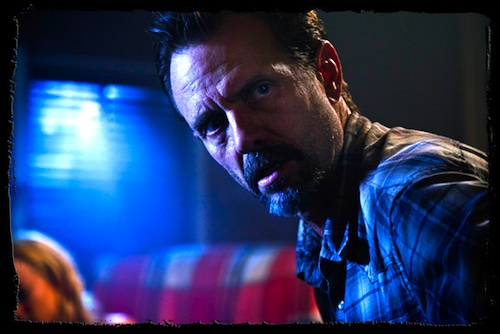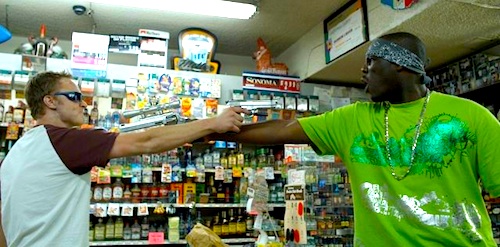[Editor’s Note: the full version of the article below appears today at The Atlantic.]
By Govindini Murty. Jake Schreier’s debut feature Robot & Frank is a smart and funny look at serious issues: the ethics of caring for the elderly with robots, the dichotomy between nature and technology, and even the dangers of eliminating physical books in favor of digital media. Opening nationwide on August 24th, the indie sci-fi drama written by Christopher Ford is set in the near future and depicts a wily, aging con man (Frank Langella) who is given a domestic robot by his son (James Marsden) as a caregiver, only to use the robot to plan heists. The film also stars Susan Sarandon, Liv Tyler, and Peter Sarsgaard as the voice of the robot.

At Sundance earlier this year, Robot & Frank charmed audiences and was honored by the Alfred P. Sloan Foundation for “raising profound questions about the role of technology in our collective future.” I spoke with director Jake Schreier at the LA Film Festival this summer about some of those questions. The interview has been edited for length.
—
What appealed to you about the subject matter of a relationship between a human and a robot?
On the surface level, it was the image of this old man in a rural environment with this very clean, white piece of technology. There’s a certain visual interest that this starts from that is pretty fascinating. Chris Ford, who wrote it, [got] the idea from this real technology that is being developed to deal with the Baby Boom generation that’s aging in Japan, and they’re looking to robots to take care of their elderly. That was the genesis of it, and Ford took it from there and really fleshed it out into the script.
And you mentioned that this was based on a short that you had produced back in film school with Ford.
[Laughs.] I used that term “produce” loosely because we shot it in my uncle’s cabin. Ford made the movie and I helped him out. We were friends in film school. We put [the short] away, and Ford and I had kept working together along with some other friends. Then about four years ago we were looking for something to develop into a feature and I just thought if there was any way he could write it into something longer it would be a great thing to work with.
Frank Langella did a fantastic job and he’s obviously the heart of the film. How did he work with the robot?
Frank doesn’t need anything. He’s such a pro. Not only does he have an amazing amount of talent, but he has the ability to shape that talent and modulate it. It was amazing to watch on set. And Rachael Ma—the girl who’s in the robot suit—went through hell to do that thing, and was there for all of it, but there were times when she didn’t need to be so he’d just be acting with the torso of the robot or an apple box in the foreground. It really didn’t matter. He was locked in, one way or the other. He said to me that he just had a thing that he’d pictured in his mind and he didn’t really want to say what it was but it was all that he needed to trigger the performance. So, I was very lucky to have that.
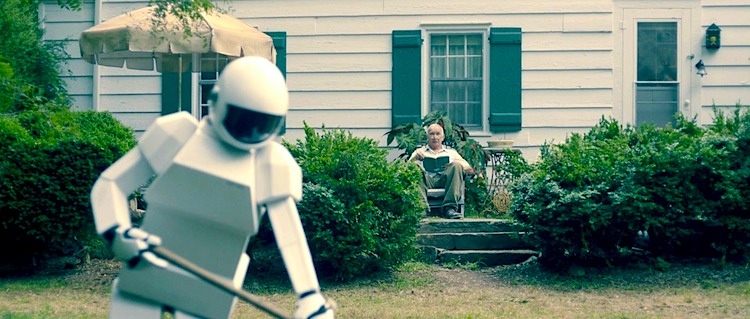
>>>TO READ THE REST OF THE ARTICLE, PLEASE VISIT THE ATLANTIC.
Posted on August 24th, 2012 at 10:38am.
